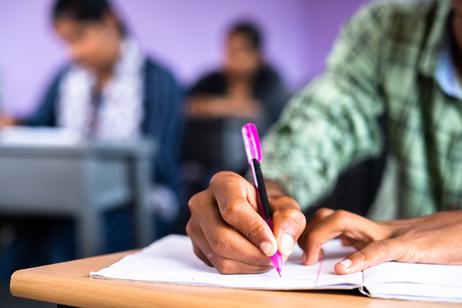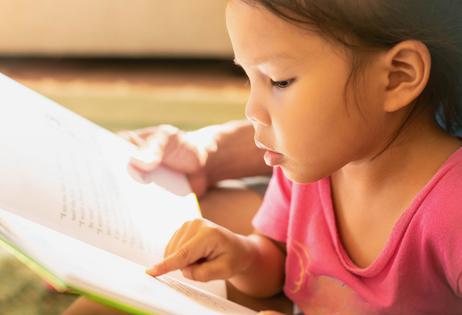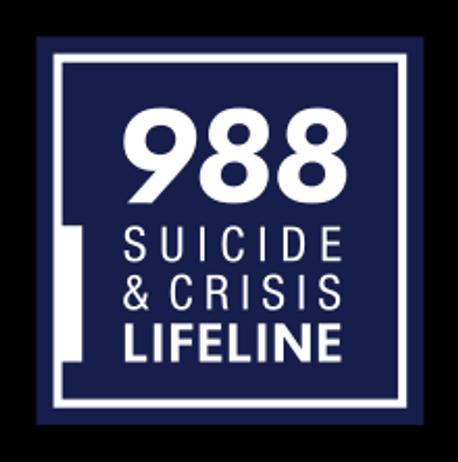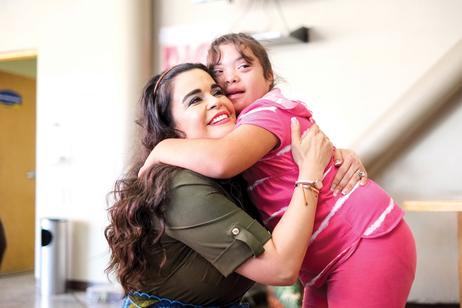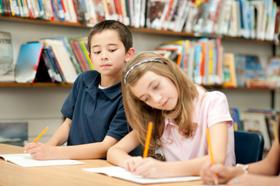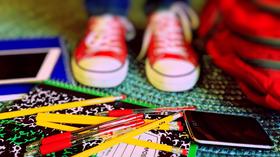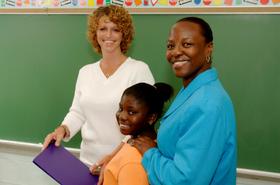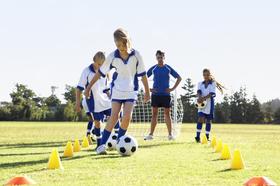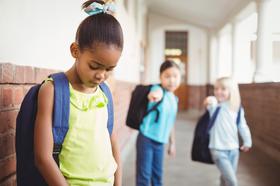The Evolving Role of Interim Assessments
Let's talk about school tests. Remember those pop quizzes, final exams, and everything in between?
- Today, I'd like to introduce you to a type of assessment you may need to learn about - .
- In an ever-evolving education landscape, these play a crucial role.
Canva generated this picture of a teacher with her students.

Understanding Interim Assessments
Interim assessments are like temperature checks for learning.
They happen a few times throughout the school year, helping teachers gauge where students are in their learning process.
Unlike the pop quizzes that check daily learning or the end-of-year exams that measure what a student has learned, interim assessments sit snugly in between. These can be benchmarks to compare student learning against standards, diagnostics to pinpoint specific gaps, or progress monitoring tests to see how well a student is advancing in their learning journey.
Interim assessments are a type of educational assessment that is conducted at specific points during the school year to gauge students鈥� progress and provide feedback to teachers and administrators. Source:
The Importance of Interim Assessments
Think of your child's learning journey as a road trip.
- You wouldn't want to drive across the country without a GPS or roadmap, right?
- Interim assessments are like GPS, providing regular updates on where the students are.
- They help teachers navigate the teaching

